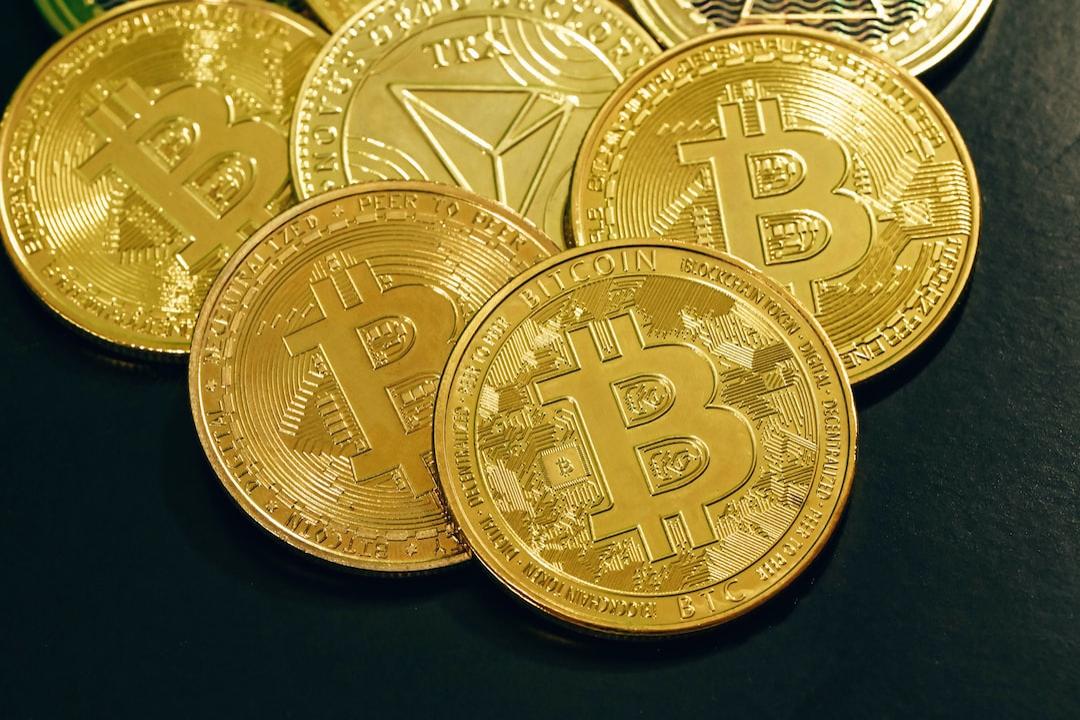Bitcoin has approximately 10 days left until the macro conditions in the United States align with a potential increase in BTC prices. This analysis comes from financial commentator Tedtalksmacro, who closely follows the correlation between BTC price movements and the liquidity provided by the U.S. Federal Reserve.
Tedtalksmacro discovered a strong correlation between BTC/USD and Fed liquidity, which has remained consistent for several months. He shared his findings by stating, “The correlation between Bitcoin and Fed Liquidity never ceases to amaze me.” A chart from his proprietary macro data resource, Talking Macro, illustrates how BTC price highs and lows align with peaks and troughs in Fed liquidity.
Interestingly, even Bitcoin’s recent all-time high of $73,800 in mid-March coincided with a spike in liquidity. Tedtalksmacro clarified that liquidity is calculated based on a combination of Fed assets, repo markets, and treasury data.
However, Talking Macro also identified some short-term challenges for Bitcoin. The inflows to U.S. spot Bitcoin exchange-traded funds (ETFs) have declined recently. After experiencing their second-highest daily inflows in early June, there has been a reversal in the trend, with net outflows over the past four trading days on Wall Street. The outflows during this period amounted to just over $700 million, although they are still lower than the $886 million inflow on June 4.
Despite these challenges, there is growing anticipation for the third quarter and beyond, as U.S. wirehouses are expected to gain access to spot ETF products. This development is seen as a crucial milestone in Bitcoin’s journey towards becoming a mainstream institutional investment. Prominent figures like Cathie Wood, CEO of asset manager ARK Invest, are eagerly awaiting this event. She stated in an interview that no platform has approved Bitcoin yet, so the current price action is occurring prior to its approval.
It’s important to note that this article does not provide investment advice or recommendations. Readers should conduct their own research and exercise caution when making investment decisions.

